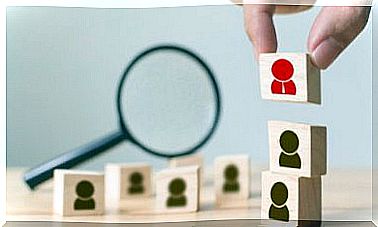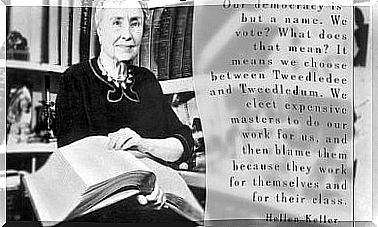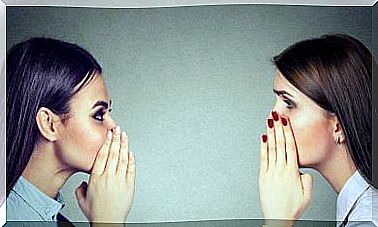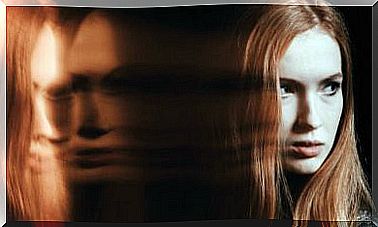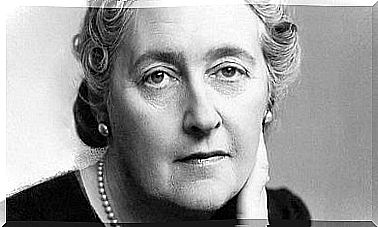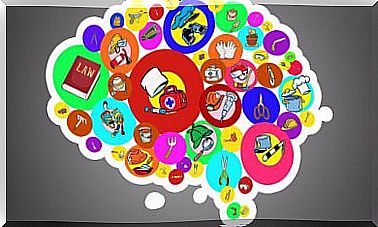Creativity And Bipolar Disorder, How Are They Related?
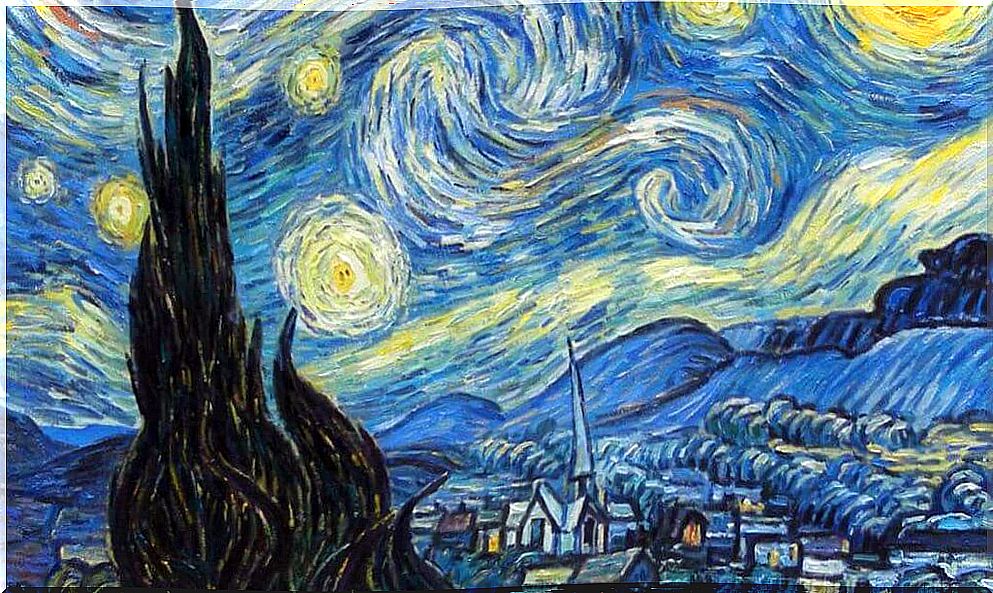
Painters, writers, musicians … Many of the artists in our history declared that their experiences of mania and depression allowed them to connect more intensely with the world through their emotions. That inner consciousness, that atavistic journey, fringed with contradictory feelings, has led to speculation today whether creativity and bipolar disorder are related.
First of all, it is convenient to clarify a small aspect. Most creative people do not suffer from any mood disorders. Now, if there is something halfway between tradition and romanticism, it is to think that a good part of the most renowned artists evidenced that link that many called (and call) “the madness of genius.”
Now, bipolar disorder, and this is important to note, is not easy to diagnose. For this reason, we cannot venture to say with total certainty that it was precisely what personalities such as Van Gogh, Virginia Woolf or Ernest Hemingway suffered from. However, the sad outcomes of their lives are there, as well as the clues they left us in their unforgettable works.
Often times, we fall for the easy label and associate genius with insanity, and bipolar disorder with a knack for being especially creative. Neither of these assessments is correct. Bipolar disorder is not a gift, it is a hard disease. Likewise, we cannot forget that the consultations of psychologists and psychiatrists are not full of crazy people. They are frequented by people who feel too much, who connect with their emotions in a misadjusted, intense, sometimes uncontrolled way …
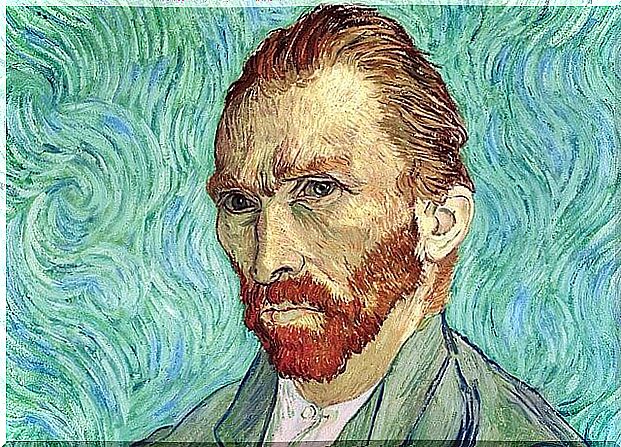
Is there a direct relationship between creativity and bipolar disorder? What science says
For those who want to delve into the relationship between creativity and bipolar disorder, you can read Kay Redfield Jamison. This psychiatrist and professor at Harvard University School of Medicine offers direct, stark but revealing testimony about this disease and what it entails. She herself suffers from this condition, and the testimonies given in books such as “A Restless Mind” are simply enriching from a personal, human and clinical point of view.
Since the disease broke out in her teens, Dr. Kay Redfield’s life changed completely. He lived through seasons of complete manic exaltation, weeks inhabited by anger, euphoria, florid psychotic symptoms, and great artistic creativity. Later he crossed the threshold of depression and with it came several suicide attempts. Thus, and although many may come to think that the only positive thing about bipolar disorder is genius and prodigious creativity, we cannot ignore one aspect: a percentage of patients who suffer from this condition end up taking their own lives.
No gift deserves such a high price. Dr. Kay Redfield knew this well and has therefore dedicated her professional life to this disease and to understanding the relationship between creativity and bipolar disorder. Let’s see what science tells us.

The first study on creativity and mental disorders
It was in the 1970s when the first empirical study on creativity and its relationship with mental disorders was carried out. The University of Iowa hypothesized that it was schizophrenia that was related to creativity. To do this, they analyzed a wide group of well-known artists, writers and musicians.
The results could not be more revealing. Schizophrenia had no link with this ability. It was mood disorders, such as major depression and mania, that gave a significant result. Almost half of the sample suffered from this condition.
The euphoria of mania and a more connected brain
Dr. Redfield began her studies and research on bipolar disorder in the 1990s. Thus, and in collaboration with several hospitals, she has thus far been able to discover the following:
- Very intense moods stimulate the creative process.
- Enthusiasm, energy, and self-confidence rise in the manic phases. Likewise, the brain also undergoes a change: there is greater speed of thought, greater capacity to make associations and to generate new ideas.
- They feel freer than ever to go beyond what is established, to experiment, to put aside a gray and borderless world, to shape a world with more possibilities.
- People with mania or hypomania hardly feel the need to sleep, they are overwhelmed by euphoria, well-being and emotions that are as intense as they are challenging.
- During this manic and creative phase, people manage to quell depressive distress. The attempt to silence or dissuade her further drives the creative process.
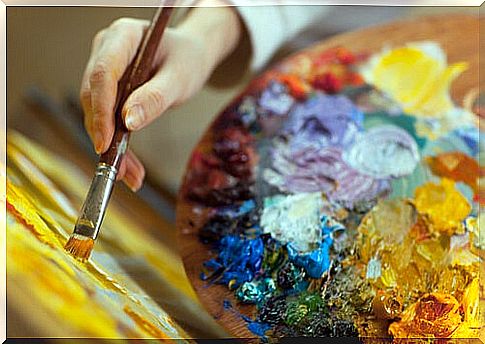
Beware, not all people with bipolar disorder are highly creative
One thing that is emphasized in all studies on creativity and bipolar disorder is that not all people with this condition are creative. Furthermore, most people with high creative potential do not suffer from, as we have said, mental disorders.
However, it is always striking to see how sometimes the most striking pictorial works or musical compositions come from people with this disease. Now, something that Dr. Kay Redfield Jamison highlights is the following. People with this diagnosis report that their creativity is much better during periods of remission or when symptoms are mild or absent.
The reason? When they are depressed they cannot work and during manic or psychotic episodes, the mind runs too fast, it is chaotic and incoherent. Creativity, to achieve excellence, requires above all an awake mind but above all lucid, centered, relaxed. Chaos, as a base, is not a good place to live or to create.
